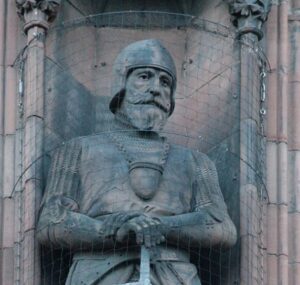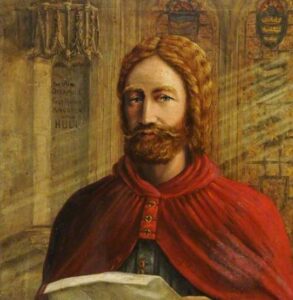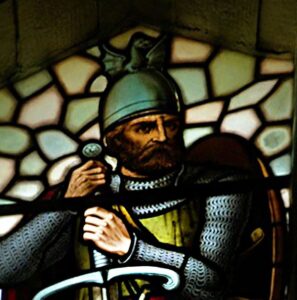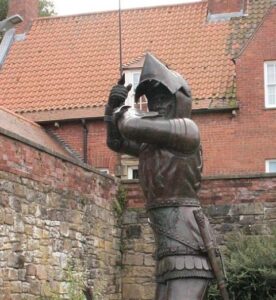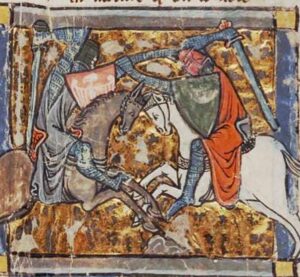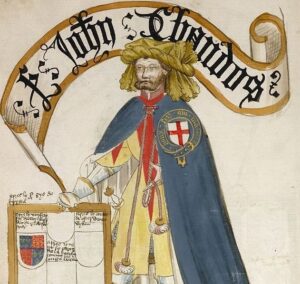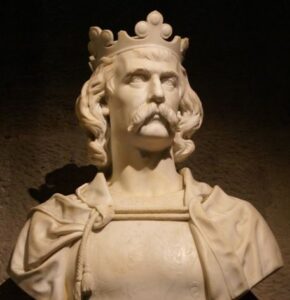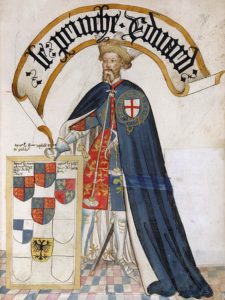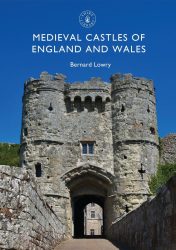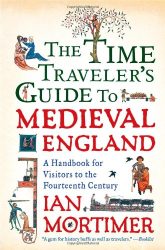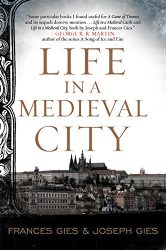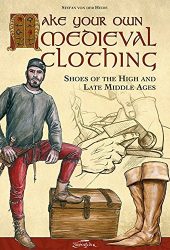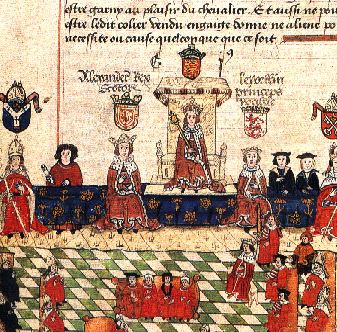
Andrew de Moray, a pivotal figure in the Wars of Scottish Independence, stands as a symbol of Scottish resistance against English dominance during the tumultuous 13th and 14th centuries. Born into a noble family, Moray emerged as a prominent leader in the struggle for Scottish independence alongside figures like William Wallace and Robert the Bruce.
Who Was Andrew de Moray?
Moray’s military career was marked by acts of valour and strategic brilliance. He played a crucial role in early Scottish victories against English forces, particularly in the northern regions of Scotland. Moray’s leadership was instrumental in rallying Scottish nobles and commoners alike to challenge English rule.
One of Moray’s most notable achievements occurred in 1297 when he joined forces with William Wallace to achieve a stunning victory over the English at the Battle of Stirling Bridge. This triumph galvanized Scottish resistance and dealt a significant blow to English ambitions in Scotland.
Following his success at Stirling Bridge, Moray continued to lead Scottish forces in subsequent campaigns against English occupation. His efforts helped pave the way for further victories and ultimately contributed to Scotland’s eventual independence.
Tragically, Moray’s life was cut short in 1297 when he succumbed to wounds sustained in battle. Despite his untimely death, Moray’s legacy endured as a symbol of Scottish resilience and determination in the face of adversity. His name remains etched in Scottish history as a hero who stood firm in defence of his homeland’s freedom.
More Medieval Knights
Medieval knights were central figures in the feudal societies of Europe during the Middle Ages, typically belonging to the nobility and trained in the art of warfare from a young age. Clad in armor and mounted on horseback, knights epitomized the ideals of chivalry, honor, and bravery.

